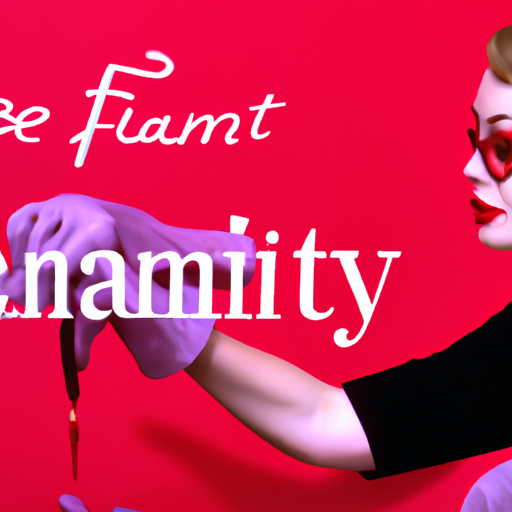-
Table of Contents
Feminist Art and Its Impact on Design for Gender Equality
Feminist art has played a significant role in challenging societal norms and advocating for gender equality. Through various mediums such as painting, sculpture, performance art, and digital media, feminist artists have been able to express their experiences, critique patriarchal systems, and reshape the design landscape to promote inclusivity and equality. This article explores the impact of feminist art on design for gender equality, highlighting key examples, case studies, and statistics that demonstrate the transformative power of this movement.
The Emergence of Feminist Art
Feminist art emerged in the late 1960s and early 1970s as a response to the male-dominated art world and the marginalization of women artists. It sought to challenge the prevailing notions of art and beauty, which often objectified and sexualized women. Feminist artists aimed to reclaim their bodies, experiences, and narratives through their work, sparking a revolution in the art world.
One of the pioneers of feminist art was Judy Chicago, whose iconic installation “The Dinner Party” (1979) celebrated the achievements of women throughout history. The artwork consisted of a triangular table with place settings for 39 notable women, each represented by a unique plate. This groundbreaking piece challenged the male-centric art canon and highlighted the contributions of women to society.
Breaking Stereotypes through Design
Feminist art has played a crucial role in breaking stereotypes and challenging traditional gender roles through design. By subverting and reimagining societal expectations, feminist artists have paved the way for more inclusive and diverse representations in design.
Case Study: Guerrilla Girls
The Guerrilla Girls, a group of anonymous feminist artists, have been using art and design to expose gender and racial inequalities in the art world since the 1980s. Their iconic posters, billboards, and public interventions have called out museums and galleries for their lack of representation and discrimination against women and artists of color.
One of their most famous works is the poster “Do Women Have to Be Naked to Get into the Met. Museum?” (1989). The poster features a provocative image of a nude woman wearing a gorilla mask, challenging the objectification of women in art and questioning the lack of female representation in prestigious art institutions.
The Guerrilla Girls’ use of bold design and powerful messaging has sparked conversations and pushed for change within the art world. Their work has inspired other artists and designers to challenge gender stereotypes and advocate for greater inclusivity.
Designing for Gender Equality
Feminist art has not only influenced the art world but has also had a profound impact on design practices, leading to the development of more gender-inclusive and equitable designs.
Example: Gender-Neutral Bathrooms
One area where feminist art has influenced design for gender equality is in the creation of gender-neutral bathrooms. Traditional public restrooms have long perpetuated gender binaries, excluding individuals who do not conform to these norms. Feminist artists and activists have advocated for the creation of gender-neutral bathrooms that are inclusive and safe for all individuals, regardless of their gender identity.
Designers have responded to this call by creating innovative and inclusive restroom designs. For example, the “All-Gender Restroom” at the Whitney Museum in New York City features a design that prioritizes privacy and inclusivity. The restroom is equipped with individual stalls that are fully enclosed, ensuring the comfort and safety of all users.
Statistics on the Impact of Feminist Art on Design for Gender Equality
The impact of feminist art on design for gender equality can be seen through various statistics that highlight the progress made in promoting inclusivity and challenging gender norms.
- According to a study by the National Museum of Women in the Arts, only 11% of artwork in major U.S. museums is by women artists.
- However, the same study found that the representation of women artists has been increasing over the years, with the percentage of artwork by women in major U.S. museums rising from 5% in 2005 to 11% in 2020.
- A survey conducted by the Design Museum in London found that 70% of respondents believe that design can challenge gender stereotypes and promote equality.
- Furthermore, 82% of respondents agreed that design has the power to shape attitudes and behaviors towards gender.
Conclusion
Feminist art has had a profound impact on design for gender equality, challenging societal norms, breaking stereotypes, and promoting inclusivity. Through the work of feminist artists and activists, the art and design world has become more diverse, equitable, and representative. From iconic installations like “The Dinner Party” to the powerful interventions of the Guerrilla Girls, feminist art has reshaped the design landscape and paved the way for a more inclusive future. As the statistics show, progress has been made, but there is still work to be done. By continuing to support and amplify feminist art and its impact on design, we can strive for a more equal and inclusive society.
